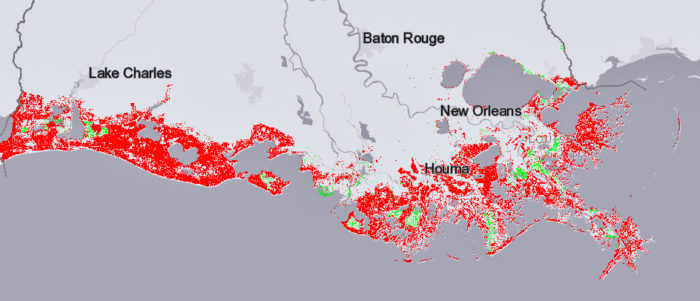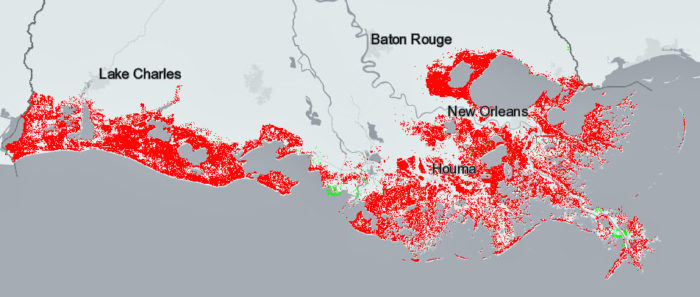The state has created an interactive, online map providing a realistic look at the future, which probably will be more shocking to residents than the words in the new Coastal Master Plan it is based on.
Learn more about coastal rebuilding at a public meeting WednesdayMetro area residents can comment on the draft version of the 2017 Coastal Master Plan at a public meeting Wednesday at the Port of New Orleans Auditorium, 1350 Port of New Orleans Place. To get there, turn onto Henderson Street from Tchoupitoulas Street as if you’re going to Mardi Gras World.The forum is being held by the Coastal Protection and Restoration Authority.An open house at 3:30 p.m. will give attendees an opportunity to get information about the 2017 Master Plan, as well as the 2018 Annual Plan outlining activities for the coming fiscal year.People will be able to discuss the plan with agency personnel. None of those conversations will be recorded, but attendees can file official comments on a computer set up for that purpose.The public meeting will start at 5:30 p.m. with an explanation of the plan. A public comment period will follow.Mandeville meeting Jan. 25Another public meeting will be held in Mandeville Jan. 25 at the David C. Treen Instructional Technology Center, 2024 Livingston St. The same schedule will be followed.
In bright, alarming colors, the interactive map shows that in the decades ahead, more and more of the state will go underwater or will be subject to catastrophic flooding — even if the coastal plan accomplishes all of its goals.
The reason, according to the state scientists who developed the plan and the map, is that there’s a rising threat from sea level rise largely due to carbon emissions from the burning of fossil fuels.
The interactive viewer is designed to give residents a realistic idea of what the future holds over the next four decades as the Gulf of Mexico rises and the sediment-starved delta landscape continues to sink.
Viewers can see what will happen across the entire coast or their own communities under three scenarios of sea level rise, with and without the state’s plan to rebuild and protect the coast. Estimates of sea level rise are tied to future levels of greenhouse gases; greater emissions result in greater, faster sea level rise.
The interactive map also allows people to see estimates of economic damages in communities as flood risk and land loss increase over the decades.
Flood risk under low greenhouse-gas scenario
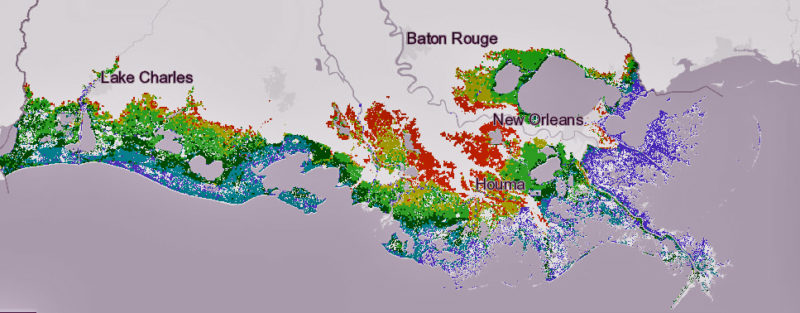
Flood risk under high greenhouse-gas scenario
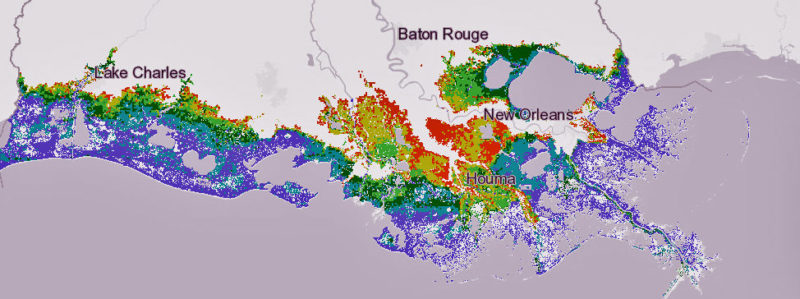
Projected land loss with coastal restoration and low emissions
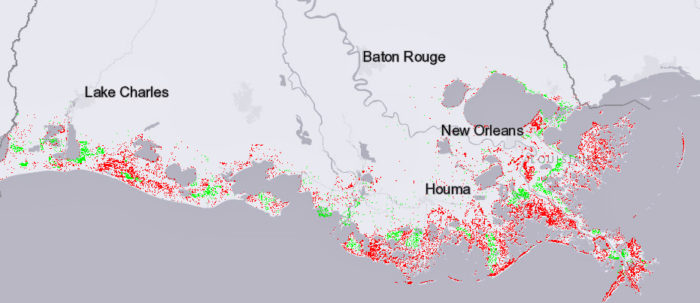
Projected land loss with coastal restoration and high emissions
